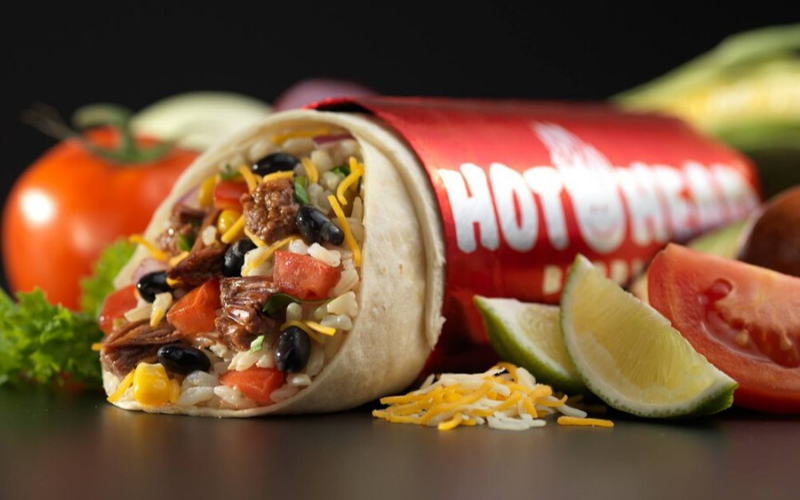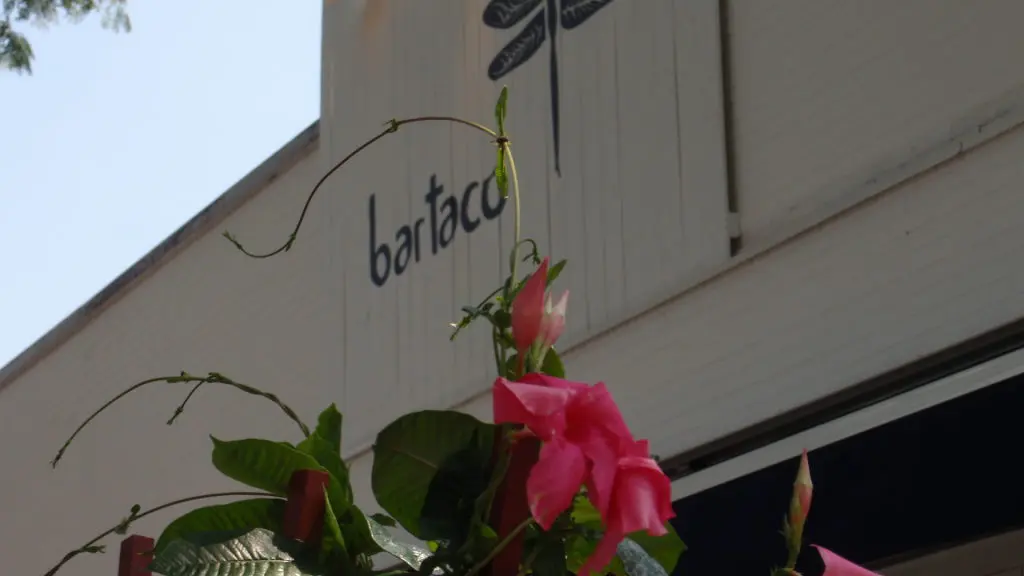From Humble Beginnings to Franchise Success: The Hot Head Burritos Story
Peter Wiley is the director of marketing and IT at Hot Head Burritos, an emerging fast casual brand from Ohio that has impressively grown to over 80 locations across multiple states. Peter’s deep roots in the restaurant industry, combined with hands-on experience operating both corporate and franchise locations, give him a unique perspective on scaling a restaurant brand. The brand’s strong operator experience and outstanding product have played major roles in Hot Head's rapid expansion since founding in 2007. His story provides invaluable insights into the journey of building a franchise from scratch, the importance of strategic marketing, and the thoughtful approach to technology investments.
Learning From Experience: The Family Roots in Franchising
Peter’s family has a long history in the restaurant business. His father worked with some of the original Pizza Hut founders, and later their family transitioned to developing Skyline Chili as a fast casual concept. Peter’s brother, Ray, was a Subway franchisee for over 25 years and played a pivotal role in establishing Hot Head Burritos. This deep familiarity with franchising operations provided a blueprint for their own brand. Ray’s passion and experience with Subway’s structured system helped shape Hot Head’s path towards rapid franchising. Peter initially contributed remotely by managing graphics, marketing, and websites. Their first two stores opened in 2007, and franchising kicked off shortly after, with their first franchisee joining in 2008 or 2009.
The Franchise Playbook: Why Systems Matter More Than Experience
One of the key takeaways Peter emphasizes is the critical role of having a detailed franchise playbook. Transitioning from operating one or a handful of stores to managing hundreds as a franchisor demands documented systems that every franchisee can easily follow. Unlike an operator who adapts on the fly, a franchisor must ensure all processes are standardized, replicable, and efficient. Notably, some of Hot Head's most successful franchisees did not come from restaurant backgrounds but succeeded by strictly following the franchise playbook. This highlights how passion and accountability can outweigh industry experience when supported by strong systems.
Timing the Franchise Conversation: When to Expand
Daniel and Peter discuss the ideal timing to explore franchising. While there's no perfect formula, Peter points to several practical considerations. A solid, profitable operational system that can be replicated consistently is essential. Additionally, market and economic factors, such as interest rates impacting financing options for franchisees, play a role. But above all, a personal readiness to let go and trust others to represent your brand is crucial. Franchising requires relinquishing some control and believing partners will deliver the same quality and customer experience. Peter encourages business owners to connect with franchise experts and industry communities to learn what to expect before making the leap.
Rapid Growth and the Power of Community Connections
Hot Head Burritos’ franchising trajectory was marked by early momentum. Their first franchisee, Pam Summer, was a longtime friend and operator who grew to oversee multiple locations. Leveraging Ray's network from Subway, they attracted franchisees who were eager to invest in a well-structured system. A moment of viral exposure, possibly through an AOL news headline, flooded their inbox with inquiries, and they briefly opened a store a week during their growth peak. Despite a natural tapering and COVID challenges, the brand continues expanding steadily with plans to exceed 100 locations soon.
Juggling Marketing, IT, and Operations: Building the Right Team
Peter shares how he manages wearing multiple hats, marketing, IT, and overseeing operations, while supporting corporate stores and franchise partners. Early on, as with many startups, he did much himself including graphics, website creation, radio ads, and some TV commercials. As the business grew, they proactively hired specialists to fill key roles: Kelly Gray as vice president handling real estate, Ryan on operations, and others on the marketing team. Peter stresses the importance of quickly onboarding skilled people to handle tasks beyond one's own expertise, allowing the business to scale efficiently while maintaining quality.
Evolution of Marketing Strategies: From Direct Mail to Digital Mastery
Marketing approaches have changed dramatically since Hot Head started. Initially relying on direct mail, broadcast TV, cable, radio, and even billboards, today’s marketing landscape is complex and multi-channel. Hot Head now deploys ads across over 20 platforms including streaming services like YouTube, Spotify, Instagram, and over-the-top TV. Measuring ROI has become more challenging, but they have optimized ad spends with strategies such as switching from mandatory YouTube ad views to skippable ads without losing engagement. Peter also recognizes that franchising marketing targets a narrower audience, potential investors passionate about the brand rather than all burrito buyers, which demands even more nuanced campaigns. Conferences, podcasts, and public relations play a growing role in building relationships and brand recognition.
Investing in Technology: Practicality Over Novelty
When it comes to technology, Peter candidly discusses both successes and challenges. The switch to Qu Point of Sale was a major win, especially due to its seamless integrations with third-party delivery services like DoorDash, Uber Eats, and GrubHub. This consolidation improves guest experience and operational efficiency across corporate and franchise locations. However, Peter also warns about the temptation to adopt too many tech tools that may not deliver tangible value. With platforms ranging from labor scheduling like 7Shifts to inventory management, he advocates for thoughtful evaluation and phased rollouts. Testing new technology first in corporate stores and with willing franchisees allows them to measure impact and adoption before wider deployment.
Looking Ahead: Aspirations and What Sets Hot Head Apart
Hot Head Burritos is setting ambitious goals to surpass 100 locations next year and ultimately reach 1,000 stores within a decade. This journey involves refining everything from tech stacks and training tools to simplifying the menu for operational efficiency and profitability. The brand’s commitment to openness, operator experience, and strong franchisee relationships sets them apart in a crowded burrito market. Their signature strength lies in their extensive sauce variety, offering 12 to 16 flavors including unique options like ghost pepper and avocado lime, giving guests an unparalleled flavor experience. Franchisees appreciate the transparency and accessibility of the leadership team who remain operators themselves, making decisions with both corporates and franchises in mind.
Passion and Integrity: The Franchisee Profile That Matters
Finally, Peter highlights the qualities that Hot Head looks for in franchisees beyond financial capability. They want individuals who are passionate about the brand and will wholeheartedly represent Hot Head in their communities. Franchisees must be willing to roll up their sleeves, cover shifts when needed, and engage with employees and customers authentically. Passion for the product and the business, combined with integrity and heart, create the foundation for long-term success. Their open-door philosophy means potential franchisees can reach out directly to Peter and the team for candid conversations about the ups and downs of franchising.
This conversation offers a wealth of actionable insights for anyone interested in scaling a restaurant brand, navigating franchising challenges, or leveraging marketing and technology to grow their footprint. Peter Wiley's experience at Hot Head Burritos is a testament to the power of combining operational know-how, strategic marketing, technology investment, and genuine relationship-building to build a thriving franchise empire.







